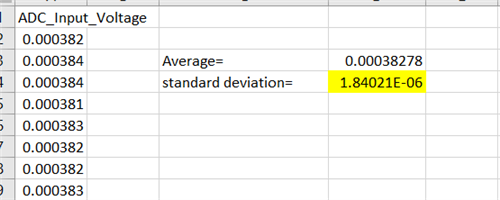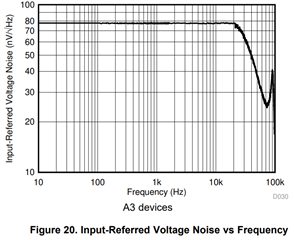Other Parts Discussed in Thread: INA290, INA849
Tool/software:
Hi,
Currently, we are using the ADS131A04 ADC for our high-side current measurement. The inputs to our circuit will go through a current sense amplifier (CSA) INA190A2 which takes data thru a shunt resistor. After calibrating our ADC, we find that our effective resolution is much lower than 24 bits, at best 13 bits and usually lower. We are using the internal regulator of the ADC as the VREF and FullScale value (2.44V). There are no filters active and the OSR is set to be at 4096, the lowest possible sampling rate, 1kHz.
My question:
1) Is the CSA the component that is bottlenecking the ADC effective resolution?
2) If it isn't what are the possible approach that I can take to improve the overall effective resolution.






